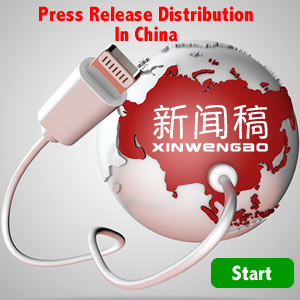Last week Huawei had a stunning announcement. It introduced the new Mate 60 Pro flagship that was powered by a Kirin 9000s 5G chipset built by China's largest foundry, SMIC, using its 7nm process node. This shocked many U.S. government officials because of U.S. export rules that prevent Huawei, without a special license, from obtaining cutting-edge chips from any foundry that uses American-built parts to produce these components. Producing a 7nm smartphone chip without an EUV machine is not impossible, but is time-consuming and difficult Furthermore, to produce 7nm chips, a foundry usually employs an extreme ultraviolet lithography (EUV) machine...



